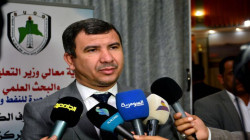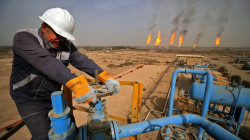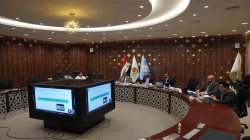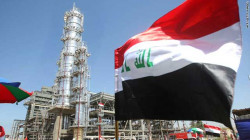Iraq boosts oil production as OPEC+ loosens cuts
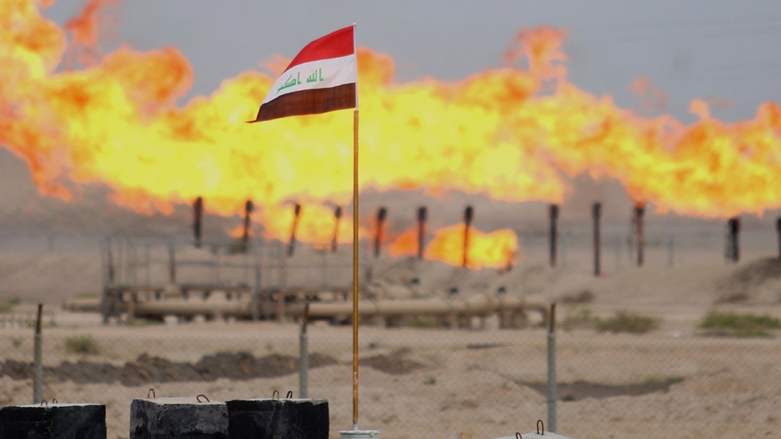
Shafaq News/ The gap between OPEC+ crude oil quotas and production has widened, as the group’s steady loosening of its pandemic cuts once again outpaced actual output gains in December, according to the latest S&P Global Platts survey.
OPEC’s 13 countries pumped 28.04 million b/d of crude, up 190,000 b/d from November, while nine non-OPEC partners pumped 13.98 million b/d, an increase of 120,000 b/d, the survey found.
Gains by Venezuela, Kazakhstan, Saudi Arabia, Iraq and Angola far outstripped losses by Libya and Nigeria, making December the 10th straight month that OPEC+ output increased.
However, 14 out of the 18 members with quotas fell short of their targets, including even its largest producer Russia, whose compliance rose above 100% for the first time since February, when severe winter temperatures shut in wells and reduced pipeline flows.
Total OPEC+ quota compliance climbed to 116.5%, the highest since the alliance instituted record output cuts in spring 2020, the survey found, with the 19 members subject to production targets pumping some 620,000 b/d below their combined caps.
The bloc has been hiking its quotas by a collective 400,000 b/d each month, which would put it on pace to restore production to pre-pandemic levels by late 2022.
But many countries are already maxing out their output levels or are close to it, lifting trader sentiment that was once quite bearish for the first quarter in anticipation of a major supply glut.
Platts Analytics still expects the market to be oversupplied in the first quarter but estimates OPEC+ sustainable spare production capacity will shrink to 800,000 b/d by June if it maintains its monthly quota rises, creating “an uncomfortably thin market buffer in the second half of the year.”
Platts assessed Dated Brent at $82.25/b on Jan. 10, a near 20% surge in three weeks, supported by outages in Libya, Nigeria and Kazakhstan in recent days, as well as waning worries about the impact of the omicron variant on the global economy.
The alliance is scheduled to next meet Feb. 2 to decide whether to proceed with another 400,000 b/d quota increase for March.
OPEC members Iran, Libya and Venezuela are exempt from quotas under the agreement, while non-OPEC Mexico quit the deal in July 2020 and thus is not included in the Platts survey, though the country continues to send a representative to the group’s meetings.
Russia, which co-chairs the OPEC+ alliance with Saudi Arabia, pumped 10.01 million b/d in December, a slight rise from November, to lead the group, according to the survey.
Saudi Arabia, meanwhile, produced 9.95 million b/d, hiking output by 60,000 b/d.
Both countries had December quotas of 10.018 million b/d, though Saudi Arabia has typically been the readier of the two to restrain supply to support the market.
Venezuela had the largest increase in the month, as imports of Iranian condensate gave it a significant boost to operations in its Orinoco Belt, where its ultraheavy crude requires diluent to extract. Still subject to US sanctions restricting its oil sales, Venezuela produced 750,000 b/d in December, the survey found, its highest since February 2020.
Angola also saw a sizeable increase to 1.15 million b/d, with production ramping up from several newer fields to allow a rebound from a historic low of 1.09 million b/d in November, though it remains well below its quota, which was 1.39 million b/d.
Iraq was also up 60,000 b/d in the month to 4.31 million b/d, continuing to exceed its quota, according to the survey, while non-OPEC Kazakhstan posted a 70,000 b/d gain to 1.68 million b/d, well above its quota, as loadings of its key CPC grade showed a marked rise.
Among the fallers, Libya dropped to a one-year low of 1.05 million b/d due to protests that shut down several key oil fields and a major terminal, while Nigeria suffered from more operational and technical issues that took production down to 1.38 million b/d.
Libyan output is expected to recover in short order to about 1.2 million b/d after authorities reached an agreement with militia to reopen and lift force majeure on the Sharara, El Feel, Wafa and Hamada fields, along with the Zawiya oil terminal.
But Nigeria’s prospects remain clouded, between civil unrest and deteriorating infrastructure that have seen all of its key export grades, including Agbami, Bonny Light, Forcados and Qua Iboe face severe production issues throughout the last year.
The Platts figures, which measure wellhead production, are compiled by surveying oil industry officials, traders and analysts, as well as reviewing proprietary shipping, satellite and inventory data.

